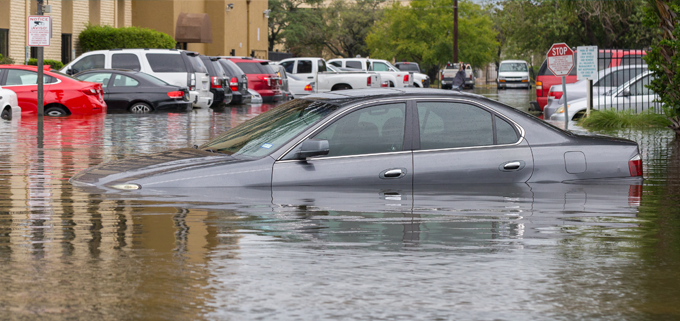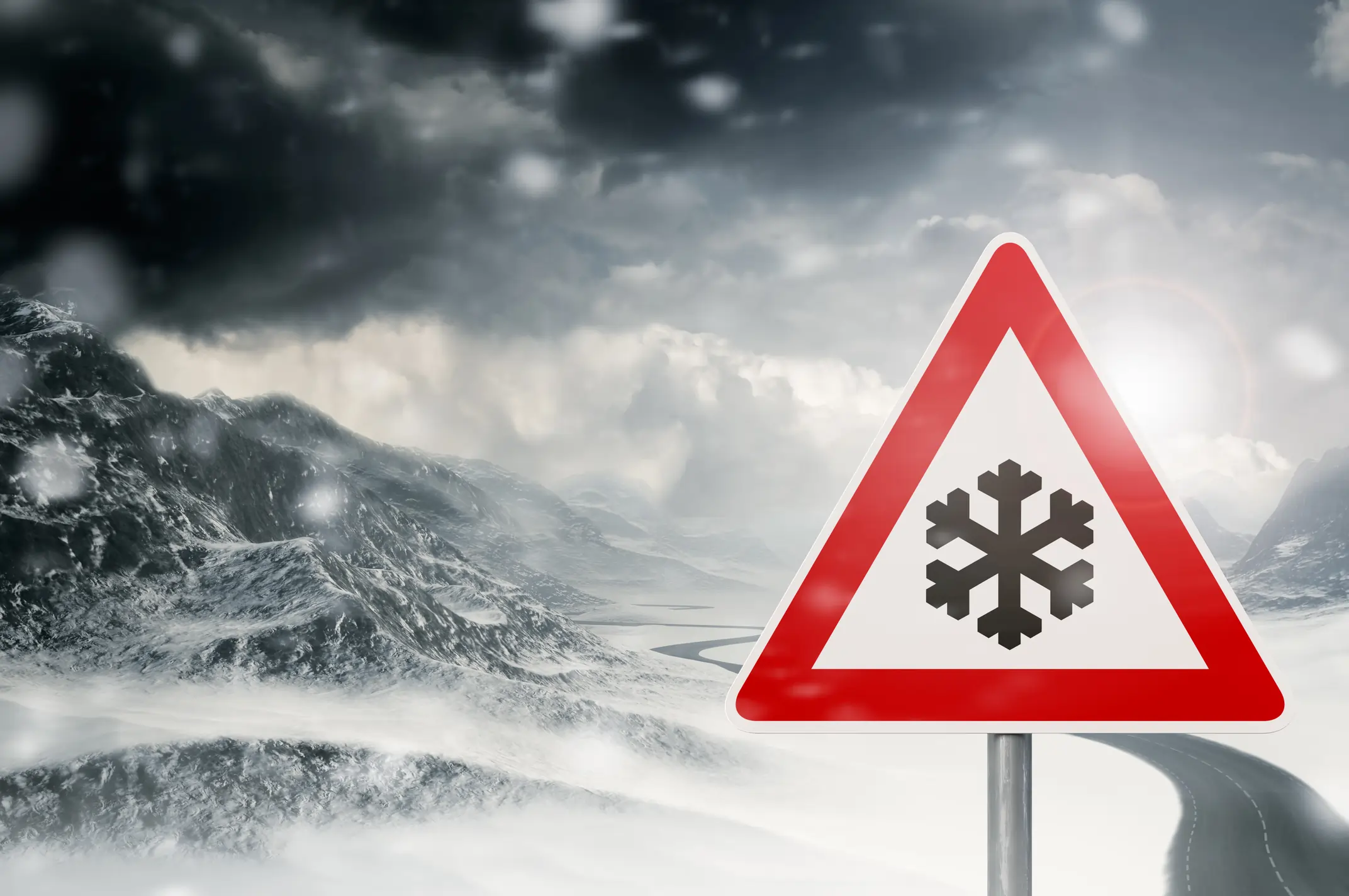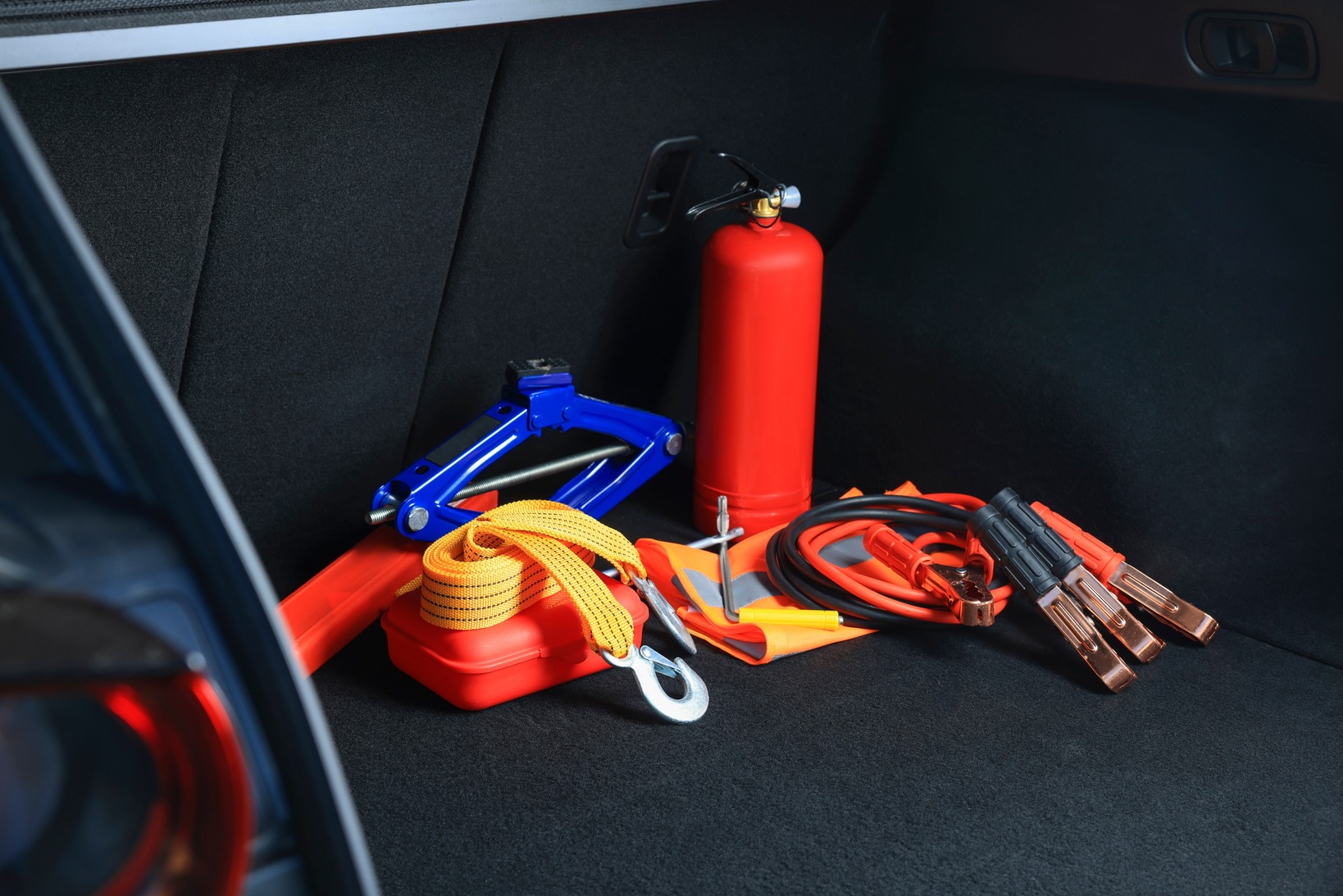Cars are generally built to handle all kinds of weather conditions, however sometimes Mother Nature has other ideas in store for us. Floods are one of the most frequent natural hazards in Canada, and are often caused by heavy rainfall, rapid melting of thick snow, and ice jams. Floods can wash away lives, homes, and even vehicles. Once there is water intrusion in your vehicle, the extent of damage can affect the car’s engine, electrical systems and even safety features. Here are five steps to take when dealing with a flooded car.
1. Find Out the Extent of the Damage
Believe it or not, flooded cars aren’t doomed cars. How much damage a flood can cause to your vehicle largely depends on where the water level reached and the type of vehicle you own. If the water intrusion reached the bottom of your dashboard, generally most insurance companies will deem the car beyond repair. However, larger vehicles might have a slight advantage over smaller compact vehicles due to the higher elevation. Try to measure the water intrusion levels by marking the areas on your vehicle with tape or chalk.
The amount of damage to your vehicle also depends on the type of water. Clean, fresh water from a rising stream is far less of a problem than mucky swamp water, or even worse, salt water. You’ll also need to determine if the water soaked the upholstery, got into the engine compartment, and any other places. Make a good visual inspection of your engine compartment, trunk, and interior. All of this information will help with the next steps.
2. Contact Your Insurance Company
If you carry comprehensive or flood coverage, contact your insurance company. Be sure to tell them how high the water got in your vehicle and what kind of water you think it was. They will likely ask you to take pictures of the damage, so taking photos of your vehicle in advance is a good head start on the process.
Your insurance company will dispatch an appraiser to evaluate the damage. If the flooding affected your entire community, remember to be patient. A lot of people will be filing claims and it may take days or even weeks before someone can reach you to process your claim.
3. Dry & Ventilate Your Vehicle
Open the doors, windows, hood, trunk, and vents on your car to get as much airflow as possible going. This will help dry out the vehicle. Getting all the water out will make it easier to determine the damage level. Some problems may clear up when your vehicle is dry. To fully understand the extent of damage, your car needs to be completely dry.
You can also soak up pools of water with sponges and towels. A wet/dry vacuum can also be extremely helpful if you have access to one. If possible, try directing a fan to move air through your vehicle to help it dry.
4. Check the Oil & Electrical Systems for Water Intrusion
How much damage your vehicle is facing greatly depends on the location of the water intrusion. Firstly, you should disconnect the battery and avoid starting the vehicle. When you turn on an engine that is submerged in water, it can cause hydro-lock or hydrostatic lock, meaning fluid is preventing the pistons from reaching their top stroke. In other words, it means your engine is locked up. To be safe, do not start the engine until you get the vehicle checked by a qualified professional.
Another area of concern is the electrical system. Different types of water and the location of electrical components can make the difference between just drying your car out or writing it off completely. Systems like the doors and lights may start working again once dried. Major systems like the alternator and starter need to be checked by a mechanic to inspect the damage to your vehicle’s electric system.
In the meantime, you can check your vehicle’s dipstick to see if you can determine if water got into your oil. If your oil system stayed water-free, you’ve escaped one of the worst types of water damage.
5. Sell Your Flood Damaged Car for Cash
If your vehicle is sufficiently damaged by flooding, your insurance company may total it, buy it from you, and put it up for auction so its undamaged parts can be recycled in other vehicles. But you aren’t required to accept their offer, and there are other options available for disposing of your flood damaged car.
Get your quote at CashforCars.ca or call (800) 261-9854 before you decide to sell your vehicle to your insurance company. Just give us a little information like the VIN, year, make and model and we’ll give you a cash offer no matter what condition the vehicle is in.
With locations all over the country, we may be able to get you paid and your damaged vehicle removed faster than your insurance company. It’s fast, safe and easy.



